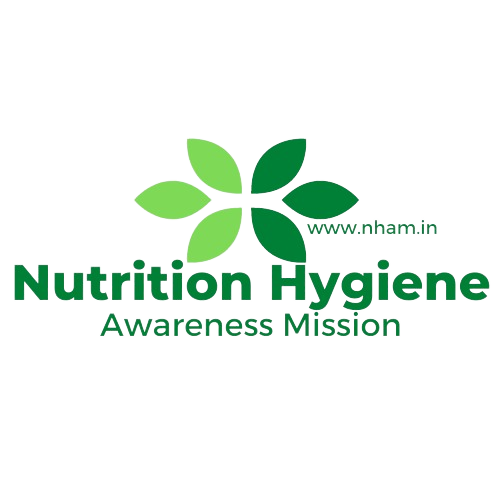
Description
Good agricultural practices (GAPs) and good handling practices (GHPs) encompass management practices producers, growers and packers of fresh produce should follow to minimize contamination of their product. This publication covers those practices related to water use.
Water is of special concern in maintaining produce safety due to the ability of pathogens to survive long periods in water, the ability of water to transport pathogens over a large area and the number of ways in which water can contact fresh produce pre- and post-harvest. The application of contaminated water in pre- or post-harvest management has a high likelihood of reaching the consumer.
Assuring the safety of the products vendors sell at the farmers’ market begins long before food is available for purchase. It is essential that growers work to reduce exposure to contaminants and minimize the potential for bacterial growth during production, harvest and handling steps. Manure management, water source and usage, and farm worker health and hygiene are the three major factors that can contribute to the risk of produce contamination on the farm. By addressing these components before planting, during production, and throughout harvest and post-harvest handling, the risk of contamination can be minimized. Risk for contamination after the farm may occur in retail stores, restaurants, or the home. In addition, fruit and vegetables are often consumed raw and do not include a cooking step that would otherwise kill harmful pathogens.
Requirements
The attendees should learn in focussed way and while learning, care should be taken not get disturbed and if required, while learning, the attendee can take notes.
Helping produce farmers, packers, and distributors meet buyers’ food safety certification requirements
In the late 1990s, many schools, grocers, and wholesalers began to demand that producers undergo third party food safety audits. To provide a standard food safety audit system for producers, packers, and distributors, the U.S. Department of Agriculture (USDA) (in partnership with other inspection and standardization agencies) developed the Good Agricultural Practices (GAP) and Good Handling Practices (GHP) Audit Verification Program. The GAP and GHP program is a voluntary, user-fee funded independent audit program offered to the produce industry to verify that fresh fruits and vegetables are produced, packed, handled, and stored according to food safety practices that minimize the risks of microbial food safety hazards. The audits are based on recommendations from the U.S. Food and Drug Administration (FDA). GAP and GHP certifications can help to open new markets to producers, packers, and distributors seeking to sell to schools, grocers, wholesalers, and others that require third party food safety certifications.
Learn More About GAP and GHP?
Program Basics
- GAP: Observes best practices of on-farm production and harvesting of produce to verify that the operation works to reduce the contamination of fresh fruits and vegetables
- GHP: Observes best practices of packing, storing, and distributing produce to ensure the operation works to reduce the contamination of fresh fruits and vegetables
- Harmonized GAP and GHP: Aligns the GAP and GHP audits with the Food Safety Modernization Act (FSMA) Produce Safety Rule to show to buyers that they are implementing the rule’s requirements
- Group GAP: Creates an internal auditing program for small and medium sized farms. Farms can share resources and costs of the audits and create an audit program that works best for them
- H-GAP Plus+: Combines an H-GAP audit with the standards recognized by the Global Food Safety Initiative (GFSI)
- An initial audit, which is an announced audit that verifies the farm or facility’s compliance with the requirements. A GAP and GHP certification is valid for one year from the date of the initial audit
- An unannounced verification visit, which is conducted at some point following a successful initial or follow-up audit
- A follow-up audit, which is performed when either an initial audit or unannounced verification visit reveals that a farm or facility is not meeting the program requirements
- Group internal producer audits, which is performed as part of an internal Group-GAP audit
Eligibility
Produce suppliers throughout the U.S. production and supply chain are eligible to be GAP and GHP certified – including individual farms as well as packing houses.

